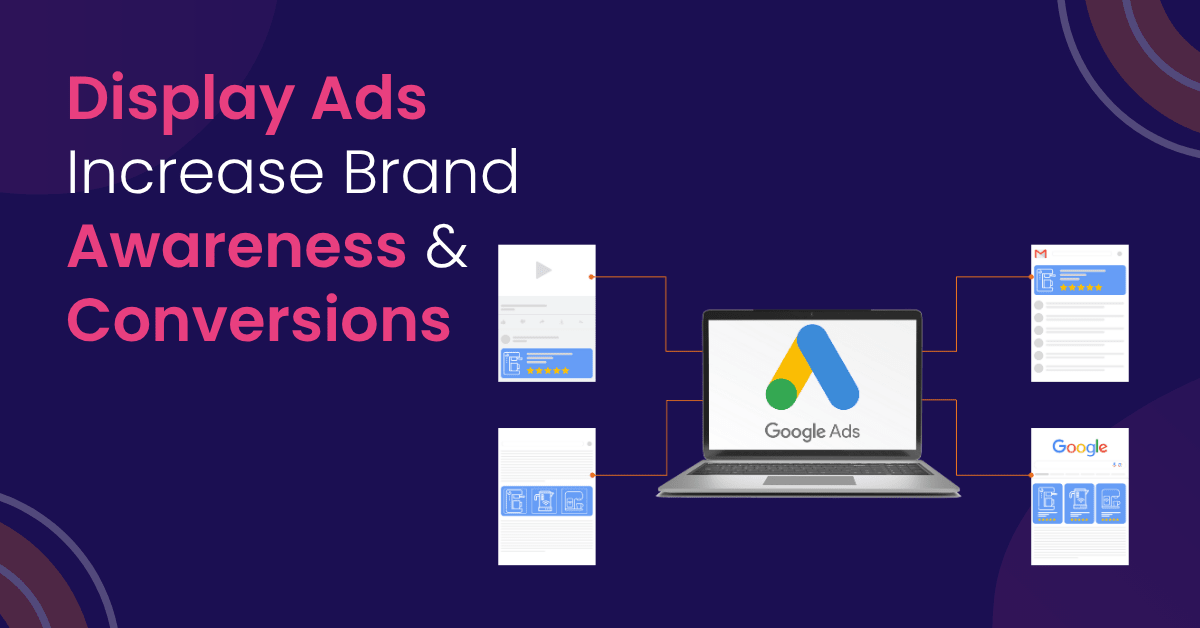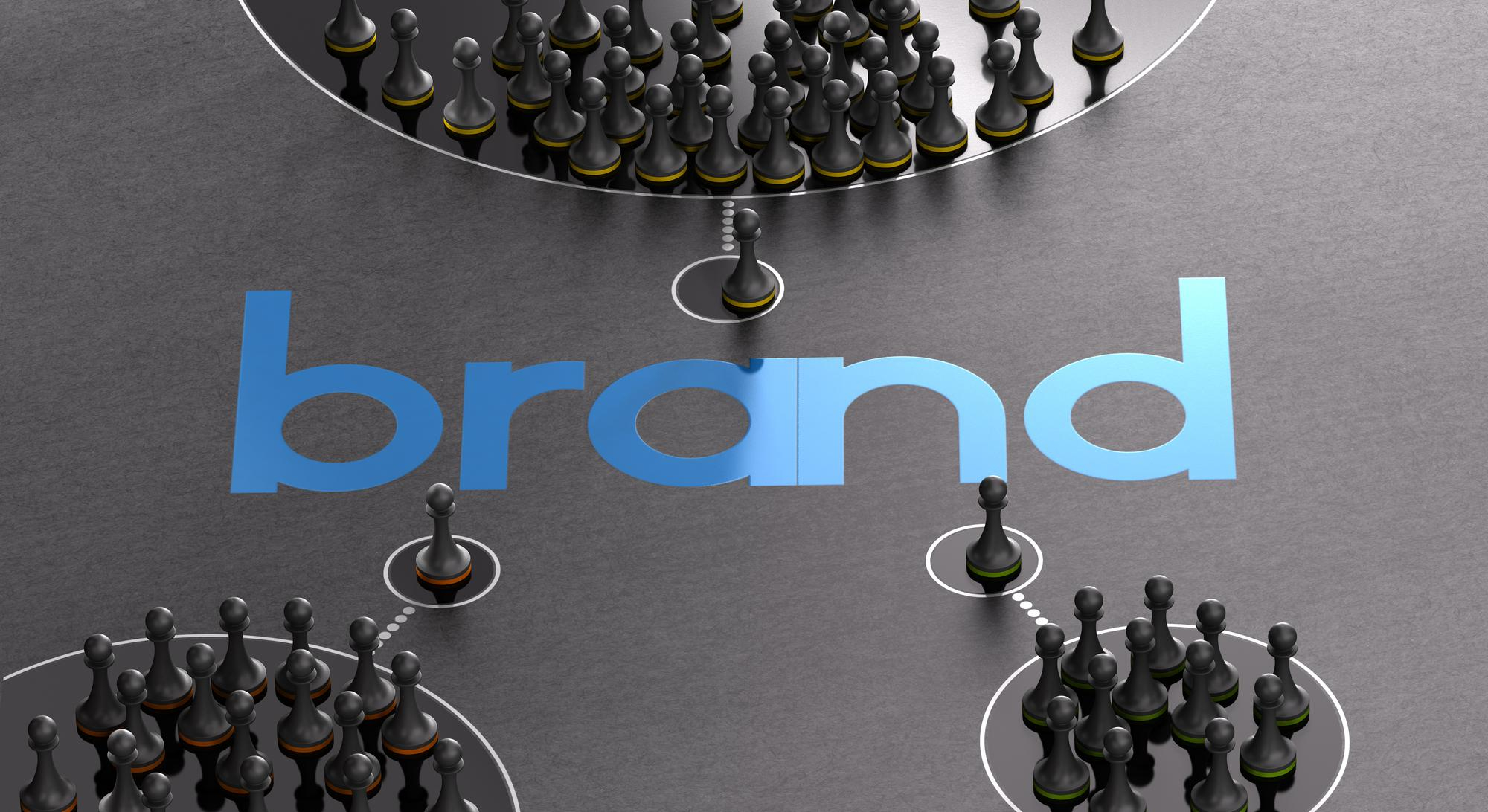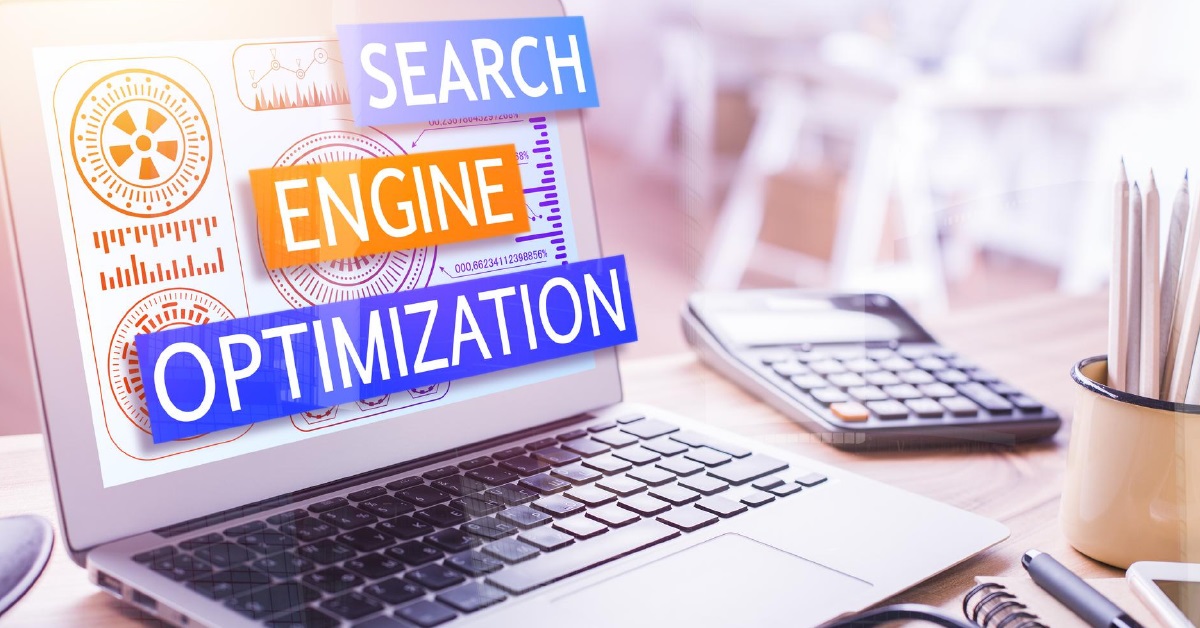7 min read
Google Ads is a pay-per-click platform where businesses compete to appear at the top of search results, like search engines, YouTube, and across display networks.
But the question most brands ask isn’t how to use Google Ads: it’s how much Google Ads cost and whether it’s worth the spend.
So, Google Ads pricing is not one-size-fits-all. It changes based on your business, your keywords, your audience targeting, and your bidding strategy. But when done right, with data-driven insights and real-time optimizations, Google Ads cost becomes an investment, not an expense.
Table of Contents
What Influences Google Ads Pricing?
The Google Ads price you pay per click depends on:
- Industry competitiveness: Legal, finance, and SaaS sectors often face high CPCs due to intense competition.
- Keyword demand: High-intent keywords tend to cost more.
- Ad quality: Better ads win better placement—even at a lower bid.
- Bidding strategy: Manual vs automated bidding changes the game.
- Location and device targeting: Costs shift based on user demographics and behaviors.
Average Google Ads Cost Per Click in 2025
- Search Network CPC: Approx. $5.26 across U.S. businesses
- Display Network CPC: Typically under $1
- Industry extremes:
- Legal: $4.11+ per click
- Apparel: As low as $0.54
- Dental: Between $2 and $7 per click
Whether you’re in B2B, eCommerce, or real estate, understanding CPC by industry is key to planning an effective campaign.
Google Ads Cost Breakdown: Every Metric, Explained
Understanding your ad costs begins with dissecting key components. Google doesn’t just charge you arbitrarily: it evaluates Quality Score, bid amount, and user intent to determine what you pay.
What Is Cost Per Click (CPC) in Google Ads?
Cost per click (CPC) refers to the amount you’re charged when someone clicks your ad. It’s calculated through:
Actual CPC = (Competitor’s Ad Rank ÷ Your Quality Score) + $0.01
That means if your ads are high-quality and your landing pages are relevant, you could pay significantly less per click, even while outranking others.
Average CPC Across Industries
- Overall average: $1.63
- Finance & Legal: $4–$50 per click
- Retail & Hospitality: $1–$3 per click
Higher lifetime value (LTV) justifies higher CPC in some sectors. Still, with the right targeting, even small budgets can yield significant returns.
Setting Your Google Ads Budget: Daily, Monthly, and Smartly
How Much Does Google Ads Cost Per Month?
Google Ads costs vary dramatically from $100 to $10,000+ per month, depending on:
- Your industry and goals
- The number of campaigns you run
- Your location and competition
The smart move? Start with a daily average budget and scale based on performance. A business spending $50/day can estimate its Google Ads monthly cost by multiplying 50 × 30.4 (average days in a month) = $1,520.
Understanding Budget Fluctuations
Google may spend up to double your daily budget on high-conversion days, but it balances out to your monthly cap. That’s why consistent tracking matters.
Use Google Ads budget reports to:
- Monitor your spending vs conversions
- Adjust budgets per campaign
- Identify opportunities to reallocate funds
Bidding Smarter: Automated Strategies to Lower Google Ads Cost
Using Automated Bidding Strategies
Google’s smart bidding algorithms now outperform many manual setups. You can choose bidding strategies like:
- Maximize Conversions: Focuses on quantity
- Target CPA: Aims for leads at your preferred cost
- Enhanced CPC: Adjusts manually set bids based on intent
These strategies use machine learning to optimize ad spending in real time. That’s AI-powered marketing in action, a pillar of Varun Digital Media’s Google Ads services.
Scheduling, Devices, and Locations: Fine-Tuning Google Ads Pricing
Ad Scheduling and Time-of-Day Impact
- B2B brands should advertise during business hours.
- Consumer brands often see better results in the evenings or weekends.
- Nighttime? Lower CPC, unless you’re in urgent care, gaming, or entertainment.
By customizing ad schedules, you avoid wasteful spending and maximize your campaign’s ROI.
Device and Location Targeting
Costs vary across devices and geos:
- Mobile-first audiences? Allocate more to smartphone traffic.
- Densely populated metros? Expect higher bids.
- Smaller regions or niche targeting? Lower CPC and better conversion potential.
Refining your device and location targeting is one of the fastest ways to control your Google Ads cost.
CPM, CPL, CPA: Expanding the Google Ads Cost Conversation
1. What Is the Cost Per Thousand Impressions (CPM)?
If your goal is brand visibility, CPM becomes essential. It refers to the cost to show your ad 1,000 times:
- Average CPM: $0.51 to $7, depending on format and audience
- Great for: Video ads, display networks, and awareness campaigns
2. What Is Cost Per Acquisition (CPA)?
CPA is the cost to get a customer, not just a click. The average CPA for Google Ads is around $48.96, with finance, legal, and insurance sectors at the higher end.
If you want to scale profitably, CPA is the ultimate metric to watch.
3. What Is Cost Per Lead (CPL)?
For lead-gen campaigns, CPL matters more than CPC:
- Average CPL in 2024: $66.69
- Legal: As high as $144
- Restaurants & automotive: As low as $28
The takeaway? Google Ads isn’t just about paying less—it’s about paying smartly to reach the right people.
Lowering Your Google Ads Cost: Optimization Is the New Bidding
It’s not just about spending less, it’s about getting more clicks from every dollar spent. At Varun Digital Media, our AI-powered systems prioritize cost efficiency, real-time optimization, and funnel alignment to improve your ad outcomes.
How to Reduce Google Ads Cost Without Sacrificing Results
1. Improve Quality Score
A high-quality Score reduces your CPC and boosts your ad position. Focus on:
- Relevant ad copy
- High-performing landing pages
- Strong click-through rates (CTR)
2. Use Long-Tail Keywords
These are less competitive, more specific, and often cheaper. Bonus: They capture intent more accurately.
3. Leverage Negative Keywords
Prevent your ads from appearing on irrelevant searches. Avoid clicks from users who aren’t your ideal customers.
4. Optimize Landing Pages
Your ad might win the click, but your page wins the conversion. Faster load times, clear CTAs, and relevant content keep bounce rates low.
5. A/B Test Everything
From headlines to button color, test, and iterate. Let data dictate what works best.
6. Use Ad Extensions
Site links, callouts, and structured snippets improve CTR and provide more real estate, without extra cost.
Common Google Ads Budgeting Mistakes (And How to Avoid Them)
Even great campaigns fail if budgets are poorly managed. Here’s what to look out for:
I. Setting Unrealistic Budgets
Trying to win in a high-CPC niche with a minimal budget? You’ll burn out fast. Align budget with competition, not just desire.
II. Ignoring Performance Data
If you’re not adjusting based on what the data says, you’re wasting money. Make campaign optimization a weekly routine.
III. Neglecting Negative Keywords
You’re not just paying for clicks; you’re paying for the wrong ones if you don’t manage exclusions.
IV. Overbidding on Low-Value Keywords
Not every click is worth $5. Some won’t convert, no matter how many times they visit. Prioritize high-converting search intent, not just traffic.
Why Work With a Google Ads Agency?
Running ads is easy. Running ads that convert profitably—that’s an art backed by science. Here’s what partnering with Varun Digital Media gets you:
1. Strategic Bidding with AI Precision
We don’t guess. We use AI-powered bidding strategies, smart segmentation, and heatmap-driven A/B testing to find your winning formula.
2. Conversion-Focused Ad Copy & Creative
Good ads attract. Great ads convert. Our copywriting team crafts compelling, benefit-driven messaging that aligns with searcher intent.
3. Transparent Reporting & Optimization
No black boxes. You get clear, visual dashboards that tell you what’s working—and what’s not.
4. Funnel-Centric Campaign Architecture
We don’t treat ads in isolation. Every campaign is mapped to your sales funnel, aligned with the AIDA model: Attract, Interest, Desire, Action, and Recurrence.
5. Budget Allocation That Scales With ROI
We reallocate your budget toward high-performing campaigns. That means less waste, and more growth.
Google Ads Campaign Optimization: How Varun Digital Media Does It
Every Google Ads campaign we manage is:
- Built with intent-driven keyword clusters
- Enhanced with predictive budget allocation
- Refined via heatmaps, behavioral segmentation, and dynamic retargeting
- Integrated with AI dashboards and CRM syncing for end-to-end tracking
We analyze ad groups, not just campaigns, zooming in on micro performance metrics to maximize ROI across every click.
Google Ads Cost: Real Value Lies in Performance
Yes, Google Ads can be expensive.
But here’s what makes it worth the cost:
- Real-time visibility
- Pinpoint audience targeting
- Scalable automation
- Measurable ROI
The key is in how it’s managed. With the right partner and the right strategy, Google Ads becomes a revenue engine.
Final Takeaway
Google Ads cost isn’t just an expenditure; it’s strategic ROI.
Understanding what drives pricing, how to optimize it, and where to invest is essential. We blend AI-powered automation with human insight to help businesses reach high-intent audiences and scale affordably.
Let our experts audit
your campaigns for free
Your budget deserves better ad performance, generating higher leads and better conversions.
Frequently Asked Questions
1. How much does Google Ads cost per month?
The cost of Google Ads differs depending on your business, campaign, and ad strategy. Most businesses spend between $100 and $10,000 monthly. It is always better to start with a daily average budget and multiply it by 30.4 to get a rough estimate of your monthly Google Ads pricing.
2. What is the average cost per click in Google Ads?
As of 2025, the average Google Ads CPC is about $1.63, though industries like legal or finance may pay over $4 per click, while retail sectors may see costs below $1.
3. What factors influence Google Ads pricing?
Several key factors determine Google Ads cost:
- Keyword competitiveness
- Industry vertical
- Location and device targeting
- Bidding strategy
- Ad Quality Score and Relevance
4. How does Google determine CPC?
Google Ads CPC is calculated via an auction formula:
(Competitor’s Ad Rank ÷ Your Quality Score) + $0.01
You often pay less than your maximum bid when your ad has high relevance and landing page quality.
4. Can I control my Google Ads spending?
Yes. You can:
- Set daily and monthly budgets
- Cap your maximum CPC bid
- Use automated bidding strategies
- Allocate spend based on campaign performance
Google won’t exceed your monthly limit—even if daily budgets fluctuate to capture more conversions.
5. What are negative keywords?
Negative keywords are terms you exclude from your campaigns. They prevent your ad from showing up in irrelevant searches, helping reduce wasted ad spend and improve targeting precision.
6. How does ad scheduling affect costs?
With ad scheduling, you run ads during specific hours or days. For instance:
- Show B2B ads only during working hours
- Avoid running ads when your audience is inactive
This improves campaign ROI and ad visibility without increasing costs.
7. Are Google Ads worth it?
Absolutely, when managed correctly. With the right targeting, optimization, and bid strategy, Google Ads can deliver high-quality leads and measurable ROI. It’s especially powerful for local businesses, e-commerce, and B2B sectors.
8. How do I lower Google Ads costs?
To reduce Google Ads costs:
- Improve Quality Score
- Use long-tail keywords
- Focus on high-intent targeting
- Employ smart bidding strategies
- Continuously optimize campaigns
Small changes like refining your landing page or improving your CTR can drive significant CPC reductions and better conversion rates.
Published: July 18th, 2025








